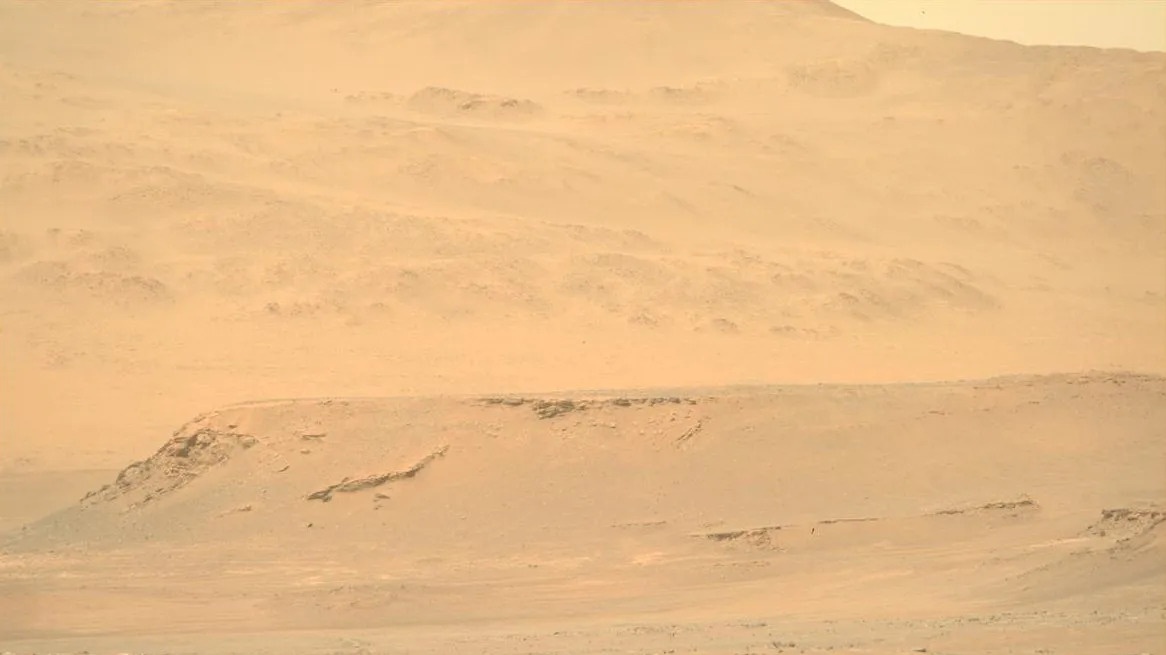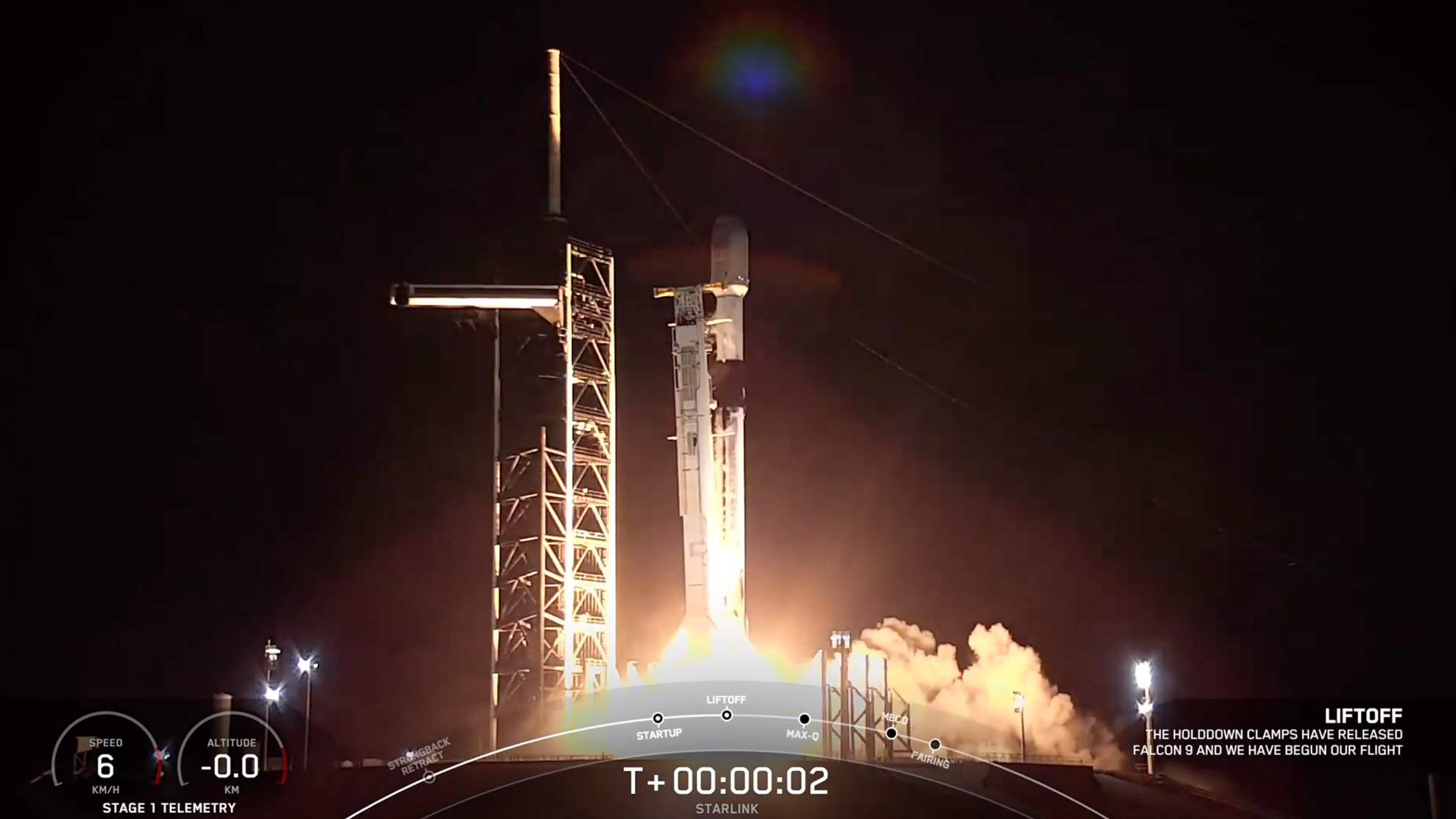NASA’s Perseverance Mars rover is enroute to conduct 1st crater rim study at 'Dox Castle'
Dox Castle will be the first stop during Perseverance's bonus trek to the western rim of Mars' Jezero Crater.

NASA's Perseverance Mars rover will soon encounter rare rubble dumped on the Red Planet by an ancient asteroid impact, kicking off a new phase of science observations as the rover continues its arduous trek to the western edge of Jezero Crater.
Scientists working on the mission announced last week that Perseverance is enroute to Dox Castle, a patch of Jezero Crater whose rocks may have been dumped by the asteroid impact that carved the crater out.
Jezero Crater is a dried ancient lakebed that Perseverance has been studying since 2021, searching for signs of ancient microbial life. Searing heat from the asteroid strike that created this crater may have invigorated fluids that circulated through fractures in the area. The process would have been similar to how particle-laden fluids ooze out of hydrothermal vents rooted on seafloors here on Earth. And, importantly, signatures of any life that formed in and around those vents may still be preserved in the region's rocks, scientists think.
Dox Castle also sits between what’s known as the “Margin Unit” that lines the inside of the crater rim and the rim itself, offering scientists a rare opportunity to study ancient, asteroid-impacted rocks strewn in the transitioning region and piece together the Red Planet’s layered history.
"Dox Castle will be our first chance to do rim science," Margaret Deahn, a Ph.D. candidate at Indiana's Purdue University who is involved with mapping the rover's ongoing journey to the crater rim, wrote in a recent news release. "With the Perseverance rover we have the potential to explore some of the oldest exposed rocks on the planet."
Related: Perseverance rover's Mars samples must be brought back to Earth, scientists stress
The rover began its months-long climb to the crater rim in mid-August as part of a bonus trek after fulfilling its original science goals. The ongoing journey is an effort to study a vastly different, and much older, region than what Perseverance has been exploring so far. The rover will also collect samples to fill its remaining 13 sample tubes — specimens that will hopefully be brought back to Earth someday if and when NASA’s Mars Sample Return mission reaches fruition. The rover has already dropped a backup of previously collected samples on the Jezero crater floor, where they await pickup by the ambitious program whose troubled architecture and budget is still being ironed out by NASA and the European Space Agency.
Get the Space.com Newsletter
Breaking space news, the latest updates on rocket launches, skywatching events and more!
Perseverance is now following a route planned by its team of scientists and engineers, who were astonished there was even a viable route toward Dox Castle the rover could drive along. While its path was crafted based on orbital images, the rover is relying on its automatic navigation system to keep it safe as it maneuvers unseen hurdles on 23-degree rocky slopes and gains a total of 1,000 feet (300 meters) — its most challenging ascent yet.
The system, named AutoNav appears to have kept the rover from drifting even as its view got increasingly hazy after a local dust storm struck late last month.

Scientists hope the Martian skies clear up soon, because they expect spectacular views of the crater floor and Jezero delta and equally insightful science when Perseverance completes its ascent.
"Our rover is in excellent condition, and the team is raring to see what's on the roof of this place," Art Thompson said in an earlier statement.
Join our Space Forums to keep talking space on the latest missions, night sky and more! And if you have a news tip, correction or comment, let us know at: community@space.com.

Sharmila Kuthunur is a Seattle-based science journalist focusing on astronomy and space exploration. Her work has also appeared in Scientific American, Astronomy and Live Science, among other publications. She has earned a master's degree in journalism from Northeastern University in Boston. Follow her on BlueSky @skuthunur.bsky.social









